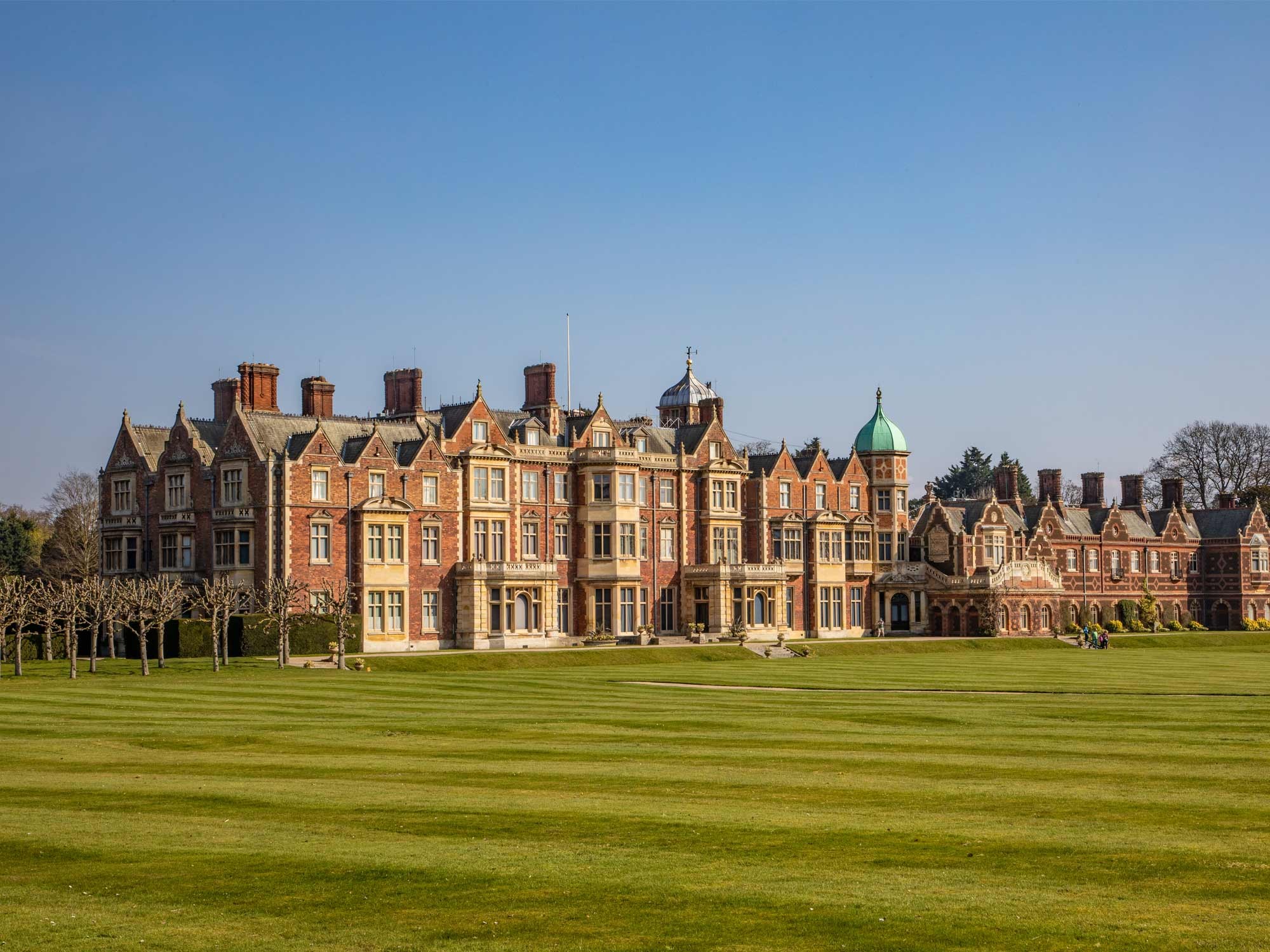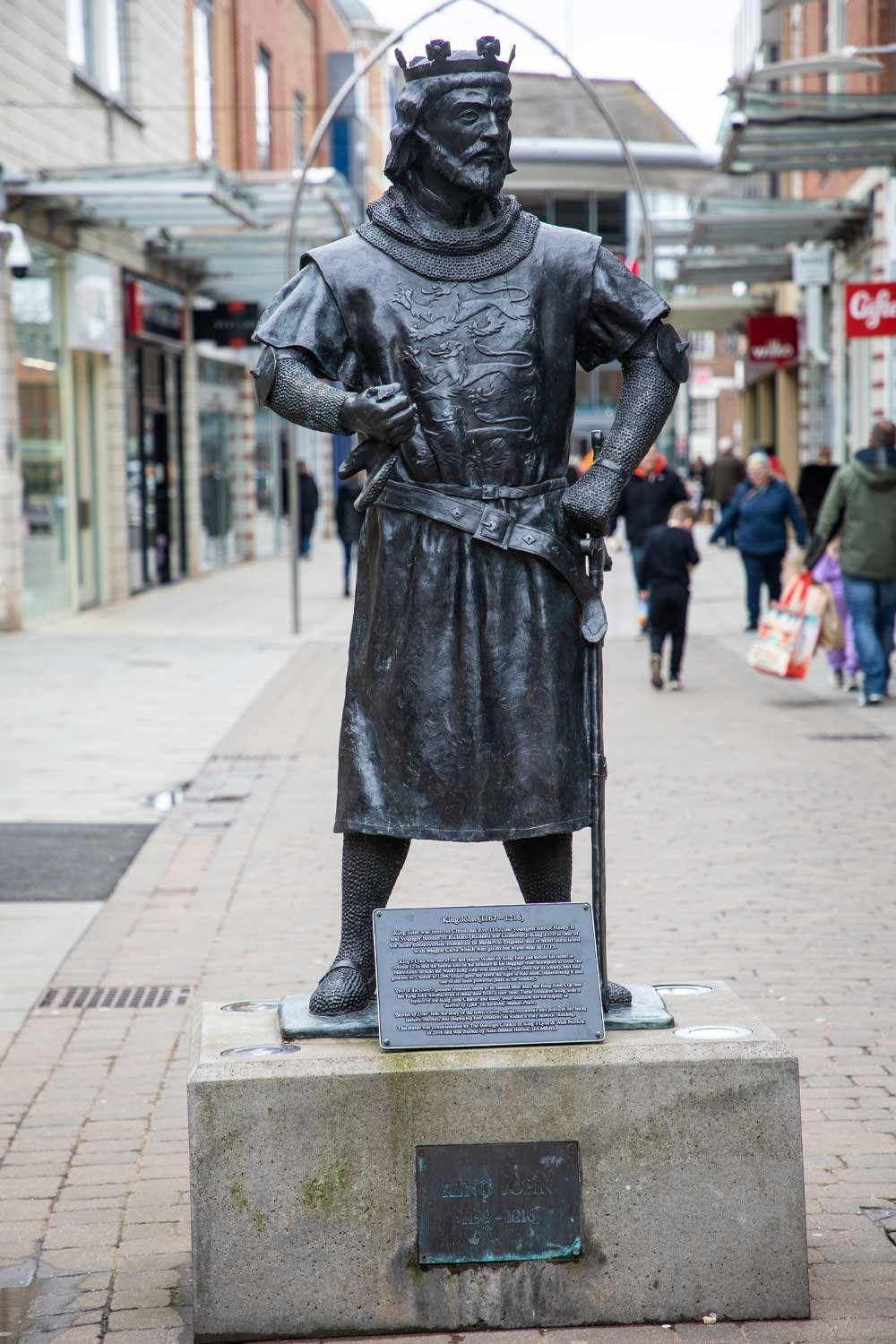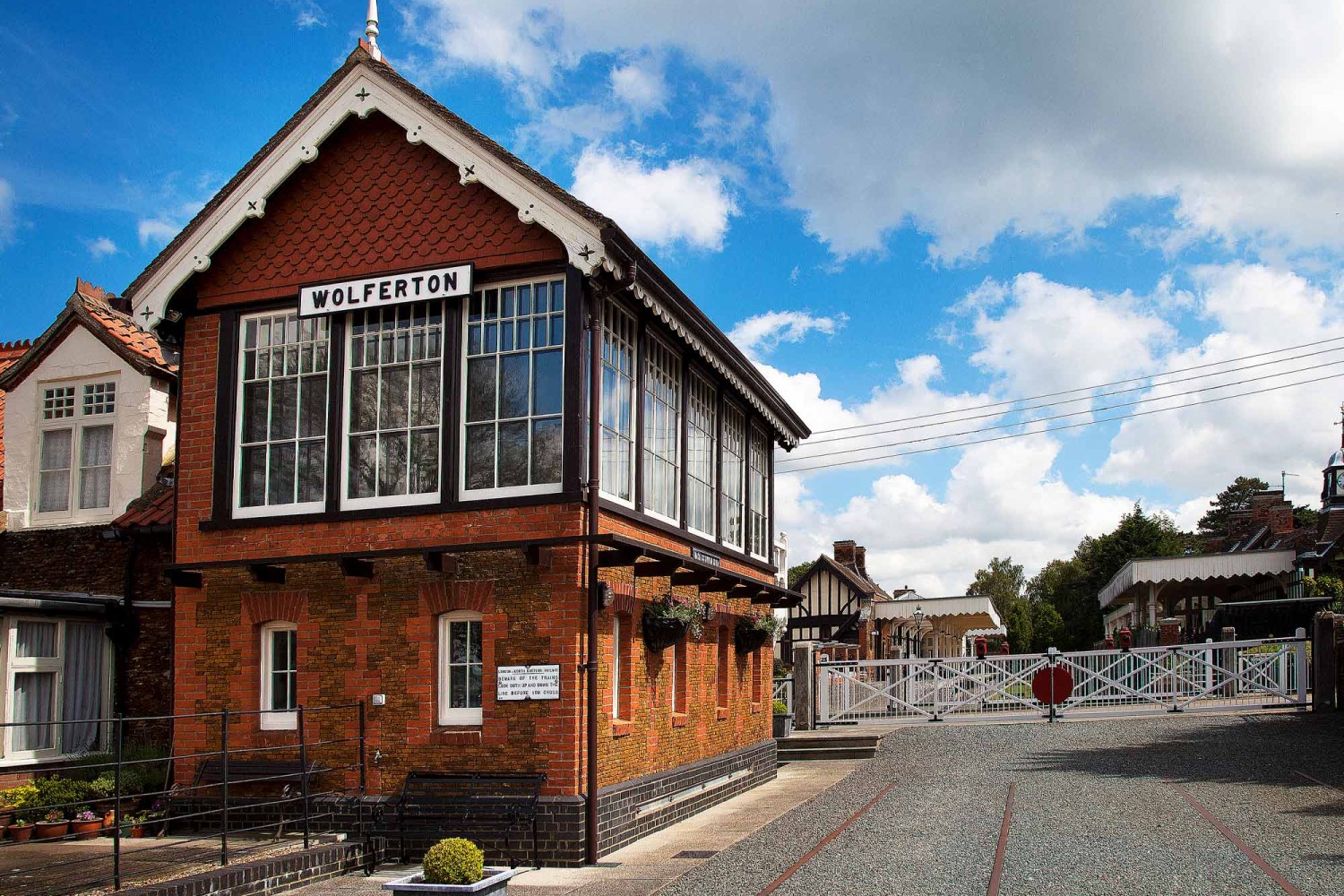
West Norfolk’s remarkable royal connections
Our local communities will be joining thousands of people across the globe to mark the King’s coronation - but before we toast to the future, lets take a look at our county’s rich royal history
West Norfolk has had a long association with the Kings and Queens of England, from the infamous King John to the late Queen Elizabeth II – who enjoyed many merry celebrations at her beloved private home in Sandringham. With over 500,000 people flocking to the Royal Parkland each year, Sandringham remains one of our nation’s favourite royal residences – and, having seen visits from a number of monarchs over the centuries, our area is renowned for being a proud royal region.
Reigning from 1199-1216, King John is widely regarded as one of the worst monarchs in British history. Many remember him as an incompetent, tyrannical ruler and the villain from the Robin Hood tales – but he had many passionate supporters in King’s Lynn.
The King established a special relationship with Lynn in 1204 by granting its Royal Charter, giving merchant guilds the ability to govern themselves. This reflected the town’s importance as a key trading centre and proved instrumental in transforming it into one of the most powerful ports in the country.
Lynn was one of the last places visited by King John before his death - and his fateful final trip remains rooted in local history. Legend has it that, on 12th October 1216, the much-maligned monarch lost the crown jewels in the Wash. The royal party reportedly attempted to take a shortcut to Lincolnshire across the dangerous expanse of marshland, but they misjudged the speed of the incoming tide and their wagons were swiftly swallowed. 800 years later, in October 2016, a life size-bronze statue of King John was unveiled in the town centre to commemorate the part he played in shaping King’s Lynn’s heritage.
The town witnessed another eventful royal visit in 1835, when 15-year-old Princess Victoria passed though on her way to stay at Holkham Hall. Apparently the townsfolk were so excited that they removed the horses from the coach and insisted on pulling the future queen’s carriage themselves. The princess and her mother were so horrified by this boisterous behaviour that they fled to a house in Buckingham Terrace until they could be reassured.
Newspaper reports from the day claim that the royal party were ‘much pleased with their reception’, though Victoria’s personal journal tells a different story. ‘The people, of whom there was a dense mass, insisted upon dragging us through the town,’ she wrote, ‘and in spite of every effort which was tried to prevent them from so doing, they obstinately persisted in their wish.’
Although her first visit to Norfolk was a somewhat alarming experience, it was Victoria who established our county’s strongest royal connection. In 1862, whilst searching for a country estate for her eldest son Prince Albert Edward (later King Edward VII), the queen purchased Sandringham House for £220,000. In the following year the prince married Princess Alexandra of Denmark and the newlyweds arrived at Sandringham via the nearby Wolferton Railway Station. This later became known as ‘the royal station’ and went on to welcome no less than 645 royal trains between 1884 and 1911.


It was clear from the outset that the original house was not suitable for a future monarch, so it was almost completely rebuilt on a larger and much grander scale. Since then Sandringham has been cherished as an idyllic private home by five generations of British monarchs.
When Edward VII died in 1910 the estate passed to his son George V, who famously described ‘Dear old Sandringham’ as ‘the place I love better than anywhere else in the world.’ His son George VI displayed similar feelings of affection years later, writing in a letter to his mother ‘I have always been so happy here and I love this place.’
The house has been the setting of many historic events over the decades, including the very first festive broadcast in 1932 (delivered over the radio by King George V) and the first televised Christmas broadcast in 1957 (given by Queen Elizabeth II). With both her grandfather and father dying at Sandringham, the house was held in special regard by the late queen throughout her incredible 70-year reign – and for this reason it’s firmly embedded in the hearts of her relatives.
Sandringham is undoubtedly the sparkling jewel in the crown of West Norfolk, but there’s also a shadier side to the region’s royal connections. The nearby fortress of Castle Rising is famed for having housed Queen Isabella of France in the 14th century – the widow (and alleged murderess) of King Edward II.
A few miles south, the town of Downham Market saw the arrival of a fugitive King Charles I in April 1646. Desperate to escape his Parliamentarian foes, the king fled from Oxford to Downham dressed as a servant and stayed at a local inn. He’s said to have visited a barber in the town and purchased a hat in an attempt to disguise himself whilst considering his next move.
Boasting enchanting tales, spectacular settings, and some astonishing accounts, West Norfolk has a wonderfully rich and remarkable regal history. With the King and his family continuing to enjoy spending time at the stunning Sandringham Estate, it’ll likely play a part in the nation’s royal heritage for many years to come.
